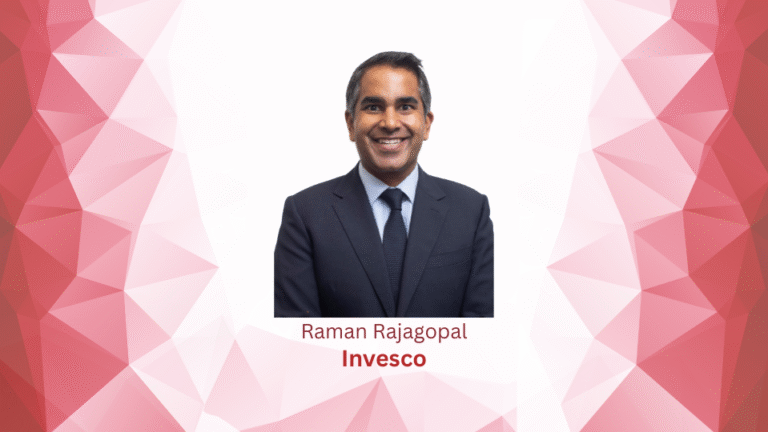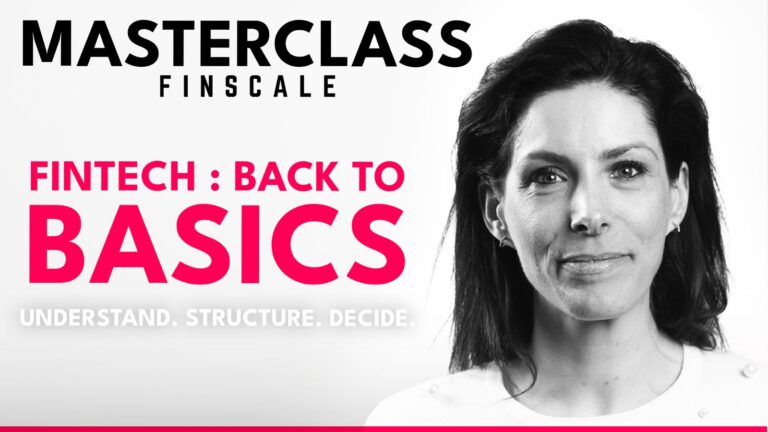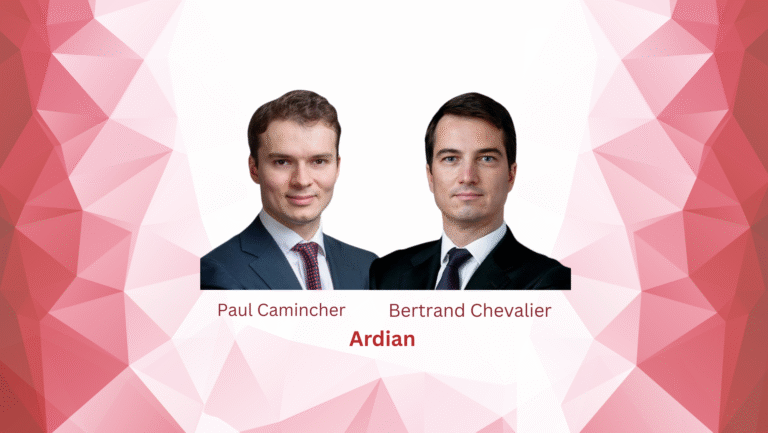Article By Isabelle Delas, CEO of LuxFLAG, Nairi Tarakdjian, Business Development & Marketing Associate at LuxFLAG, and Blandine Machabert, Impact Manager at RAISE as published in Insight Out #26
The relevance of trustworthy labels in the quest to mainstream sustainable finance cannot be emphasized more. As the market changes, with growing demand for environmentally and socially aligned investments, regulations ensure legitimacy.
Credible criteria categorize and identify responsible investment possibilities, distinguishing sustainable financial products. The introduction of trustworthy criteria that provide a framework for categorizing and identifying responsible and sustainable investment possibilities is at the forefront of this trend. These labels are critical in distinguishing sustainable financial products, assisting regulators, financial institutions, and investors in assessing the environmental, social, and governance performance of such products.
In recent years, there has been a significant growth in the demand for sustainable and responsible investments. The market is evolving, and regulations and compliance requirements have led to an increase in labelled assets under management (AuM).
At LuxFLAG, we have verified a significant growth; in fact in a decade of LuxFLAG’s existence, we have significantly grown the number of labelled financial products. From 13 labelled products in 2010 to 344 in 2023. This growth mirrors the existing demand for sustainable financial products that will continue to increase in the near future.
Label diversity: The role labelling plays in mainstreaming sustainable finance
In the ever-changing field of sustainable finance, sustainability labels serve as inspirations of trust and clarity, pointing investors to responsible possibilities and pushing the mainstream adoption of sustainable practices. Labels help many players in the industry such as regulators, financial institutions and investors to differentiate sustainable financial products and assess the environmental, social and governance performance of a financial product.
LuxFLAG offers a wide range of labels that fall under two different categories. We have the Sustainability Transition Labels: ESG Label, ESG Insurance Product Label and the ESG Discretionary Mandate Label. Secondly, we have the impact labels, which include, the Microfinance label, the Environment label, the Climate Finance label and lastly the Green Bond label. In total, these seven different labels, offer a wide range of options to investors and guarantee that the financial product does what it says. All of our labels are based on the processes and the ESG due diligence of the financial product, not on the type of asset. In fact, we are asset-class agnostic, meaning we are always adapting to market demands which makes us more flexible to different strategies.
With the growth in demand for sustainable finance products comes the responsibility of meeting this demand and helping the growth of the sustainable finance market. Even with the flexibility of our labels in terms of asset classes, sometimes we identify the need to customize our label offer to meet the demands of our clients. As a result, we issued two new labels; the ESG Insurance Product Label in November 2021 and the ESG Discretionary Mandate Label in November 2022. The launch of these two labels answered the necessity to address specific due diligence and data requirements for different financial products.
Private Equity and Labels
However, when it comes to Private Equity products, we have not verified this increasing demand. This is mainly due to the specifications of these products. Firstly, Private Equity products are highly diverse and complex with limited accessibility, since they are rarely publicly traded. Secondly, there is a lack of available data for these products which makes it difficult to identify a standardised due diligence process. On top of that, Private Equity investors are mostly seeking returns and might be unwilling to review their strategy in order to address sustainability issues.
Although these specifications may result in more difficulties and barriers for applicants to apply for sustainability labels, the investor trend is towards ESG compliant Private Equity funds, therefore the Private Equity houses will become more transparent in making information and data available, facilitating the labelling process.
Case Study by RAISE Impact – Barriers to labelling for Private Equity
At RAISE Impact, our journey towards obtaining the LuxFLAG ESG label allowed us to debunk three key preconceived ideas about sustainable finance labels for Private Equity funds.
1. Limited Partners have limited interest in sustainable finance labels.
With the clear acceleration of the sustainable finance market since 2019, the continuing debate around the validity of funds’ sustainability claims has only intensified. This debate, and the underlying fears for market integrity, led policymakers to establish a demanding regulatory framework. However, the absence of clear minimum standards or third-party verification pushes the most discerning actors to seek opinions from trusted independent agencies.
At RAISE Impact, obtaining a sustainable finance label became a differentiating element as part of our fundraising efforts. Indeed, it demonstrated the rigor of our approach while meeting the requirements of some of our most advanced Limited Partners.
2. The labelling process is too cumbersome.
For most actors, the path to obtaining a sustainable finance label often feels like a labyrinthine maze. The burden of accumulating the necessary documents, fulfilling stringent criteria, and going through rigorous examinations can be overwhelming, leaving everyone feeling frustrated by the time dedicated to reporting, rather than driving sustainability.
At RAISE Impact, we did experience an acquisition cost prior to receiving the label. But once this cost was put in the wider context of the fund’s entire life and of the management company’s broader product offering, those initial efforts were well worth it. Indeed, once you understand LuxFLAG’s requirements, identify the gaps between existing processes and those requirements, and address those gaps, the ESG label’s annual renewal, or the duplication to other funds, is fairly straight forward.
3. Labelling systems were created for listed equities and cannot be adapted to Private Equity.
In 2022, a study on the European sustainable finance labels market conducted by Novethic[1] highlighted that less than 2% of the total AuM of labelled European funds are invested in private debts and private equities. One of the reasons underlying this state of affairs is the notion that sustainable finance labels are requiring managers to implement processes relevant for listed equities (e.g., negative and positive screening, ESG ratings, etc.) rather than private equities.
In summary, our experience of the LuxFLAG Label demonstrated that sustainable finance labels are flexible enough to be adapted to sustainable finance practices in Private Equity. For instance, we use our proprietary impact measure methodology to demonstrate that 100% of our portfolio was screened based on ESG criteria, but one could use the processes and indicators used to promote environmental and/or social characteristics under the Sustainable Finance Disclosure Regulation.
[1] Novethic, Overview of European sustainable finance labels, May 2022
RAISE Impact is one of the largest European impact Private Equity fund. It provides long-term support to impact-driven SMEs who place the preservation of future generations and the planet at the heart of their activities. Based in Paris, RAISE Impact manages around €260 million on behalf of major European institutional investors as well as family offices.




